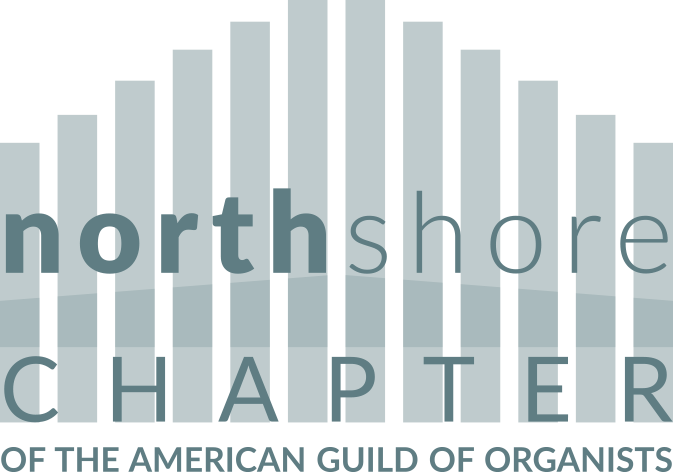
Todd Gresick
As a 9-year-old choirboy, my curiosity was piqued by the movement of the Swell shutters behind the façade pipes of the 1925 Austin organ in the loft at St. Peter Catholic Church in Steubenville, Ohio. How was Mrs. Gilligan controlling that from the console, which looked to me like the cockpit of a jet plane? And what was the deep, ominous sound that caused the floor under my wooden chair to vibrate? Later when I actually had the chance to see all of the pipes and wind chests hidden behind those dummy pipes, I learned that it was low C of the wooden 16’ Open Diapason. That was it – I was hooked! I had to learn more about the instrument and the wonderful music that floated through the reverberant acoustics of the church. When Sister John Berchmans, our choir director, found out that I was taking piano lessons, I was asked to audition for her, and was assigned to play a hymn at the school Mass the following week.
The thrill for me was like nothing I had ever experienced, and I soon began taking “real” organ lessons, eventually driving to Pittsburgh each Saturday to study with Stanley Tagg during my senior year in high school. Mr. Tagg encouraged me to pursue my organ studies in college. He had recently returned from an organ conference at the University of Michigan, where he heard a recital by Robert Glasgow. He convinced me to audition for Dr. Glasgow, requiring me to prepare my repertoire from memory, something that was new to me.
I was accepted in Dr. Glasgow’s studio and completed the Bachelor and Master of Music degrees with him as my mentor. Not only did his teaching address the most fundamental technical skills of organ playing, but his students were challenged to think about music making by non-organists – singers, conductors, pianists, string and wind players, and so on. His approach to organ playing always had a relationship to physical breathing, or perhaps how a string player might employ bowings in order to articulate a musical passage. He introduced his students to recordings of the finest musical “poets” of his generation – Elisabeth Schwarzkopf, Sviatoslav Richter, Alicia de Larrocha, David Oistrakh, Régine Crespin, Walter Gieseking, and many others. In my years as a church musician, I have tried to apply those listening experiences in my work with singers and instrumentalists, and in playing solo organ repertoire.
It has been gratifying as a church musician knowing that the gifts God has given me can touch people in ways words alone cannot express.
Todd Gresick
